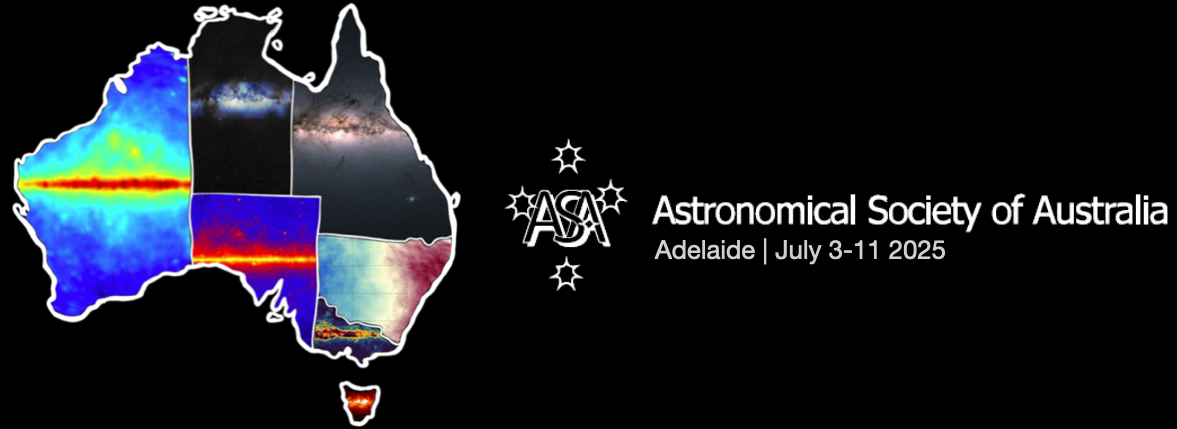Speaker
Description
Ram pressure stripping (RPS) is a hydrodynamical mechanism that can strip ISM material from galaxies as they move through the hot intracluster medium (ICM) permeating galaxy clusters. This is a key process in the quenching of star formation as star forming material is effectively removed from the galaxy. Signatures of RPS can be seen in ionised gas emission by studying the kinematics as well as emission line ratios. Evidence of RPS often manifests itself as a truncated gas disk compared to the stellar disk as well as asymmetric gas distributions, often in the form of an ionised gas tail. RPS can also produce shocks in the ISM, which are more rarely observed, and manifest as broad emission lines with different kinematics and emission line ratios compared to star forming regions. These signatures can often be spatially coincident along the line of sight with other ionising sources so similar studies utilising 1-component Gaussian fits are only able to identify the dominant ionising mechanism. To enable the disentanglement of the multiple ionisation sources we implement a multi-component Gaussian fitting routine. This takes advantage of the different kinematic signatures (in terms of velocity and velocity dispersion) and emission line flux ratios associated with different ionising mechanisms. Two SAMI galaxies were identified as RPS candidates and were followed up with the larger FOV KOALA instrument. Utilising the multi-component Gaussian fitting we revealed shock regions at the interface of the ICM and ISM on the leading edge of the galaxy as well as a distinct lack of photoionisation in the ionised gas tails. The lack of star formation in the tails indicates that these galaxies are distinct from so called ‘jellyfish’ galaxies that have star forming knots in their tails. We are now expanding our sample with other RPS candidates identified in both SAMI and Hector to answer the following questions: (1) do we see shock-like structures in all RP affected galaxies at the ICM-ISM interface? (2) If not photoionisation, what excitation mechanism is ionising the tails? (3) What causes the different manifestations of tails in RP affected galaxies?

